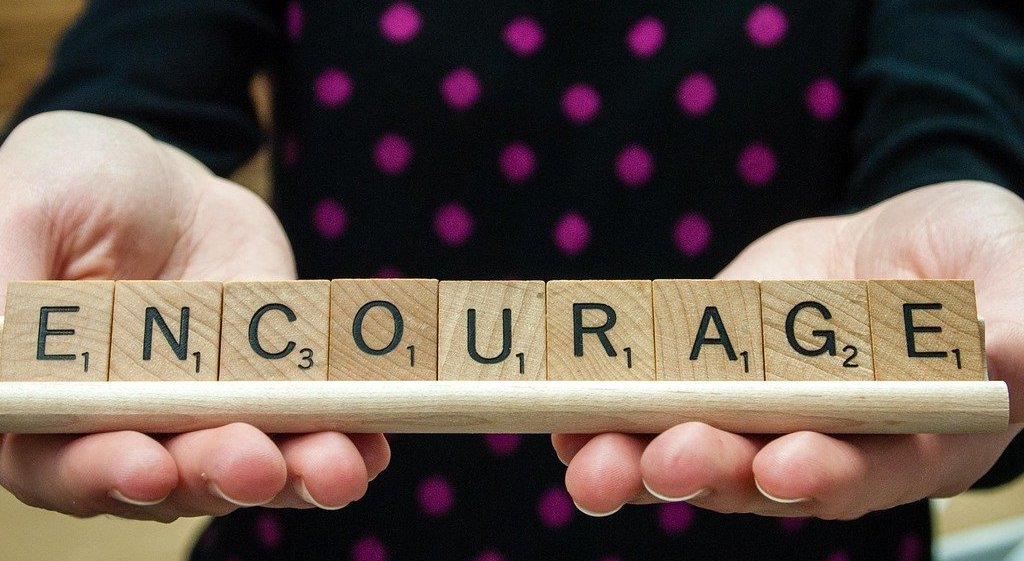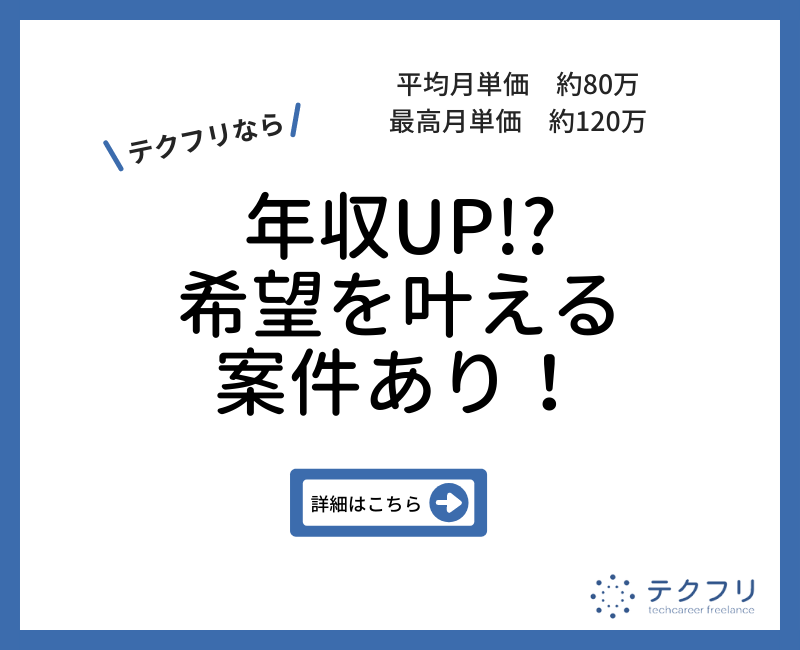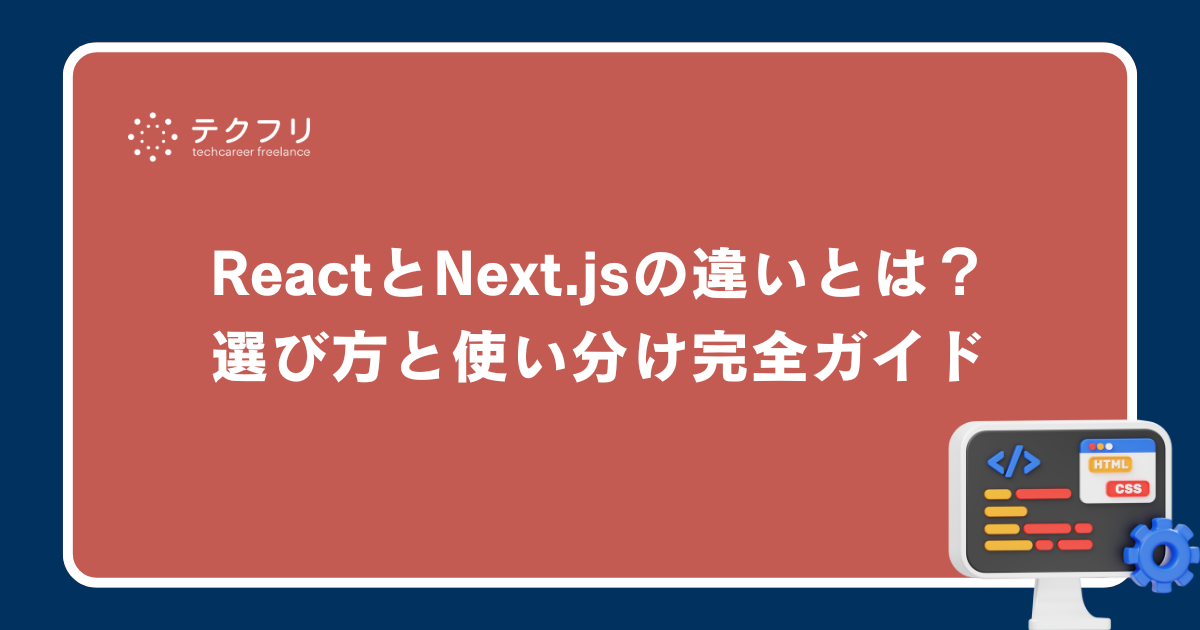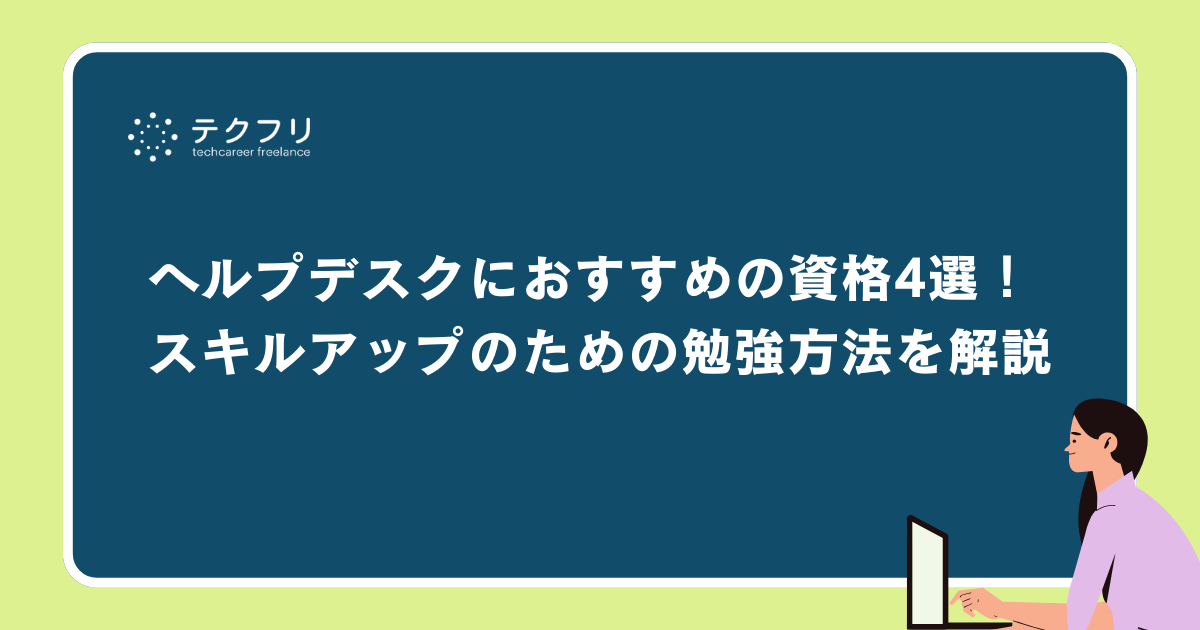According to different positions, some people have to do many presentations in a week, some people may get very rare chance to do so. Making a great presentation is not easy, it is not only about the contents of your speech, but the overall style and the way you speak will affect the whole presentation. Let’s jump right in to look at some of the ways to make a compelling presentation.
職種ごとに、1週間に多くのプレゼンテーションをしなければならない人もいればその機会がまれな人もいます。素晴らしいプレゼンテーションをすることは簡単ではありません、それはあなたのスピーチの内容についてだけではありません、全体的なスタイルとあなたの話し方はプレゼンテーション全体に影響を与えると思います。説得力のあるプレゼンテーションを作成する方法のいくつかを見ていきましょう。
- Rare but lethal complication: 稀ではあるが致命的な合併症
- Rare case: まれな事例
- Rare chance: 絶好のチャンス
- Rare condition: まれな病気
Compelling: 従わざるを得ない、人を感動させずにはおかない、説得力のある
We must have a compelling argument against theirs, otherwise, we are not going to win the debate.
我々は彼らに対して説得力のある論点をしなければなりません、でなければ、我々はこの議論を勝てない。
- Compelling speech: 名演説
- Compelling research: 説得力のある研究
<プレゼンテーションを始めましょう>
Greet everyone for coming 来場者に挨拶
> Good evening, ladies and gentlemen, Thank you all for being here.
こんばんは、皆さん、今日来てくれてありがとうございます。
> Hello everyone, I am so glad that you could all be here today. 皆さん、こんにちは、今日来てくれてありがとうございます。
Introduce your topic テーマを紹介します
> Today, I’d like to talk to you about…
今日、私が話したいのは…
> This presentation will cover…
今日のプレゼンテーションの内容について…
> My focus will be on…
私が主に話したいのは…
The snow is so severe that it covers the ground in only half an hour.
雪はとても大きいので、わずか30分で地面を覆います。
We will cover page 1 to page 5 for today’s class.
今日の授業ではページ1からページ5までをカバーします。
The company is going to cover the travel expenses for me.
会社が私の旅費を立て替える予定です。
– Coverage: 取材(範囲); サービス区域
News coverage
Focus: 焦点
Raise up your point ポイントを上げる
> The reason I am so passionate about [テーマ] has to do with my experience when I was in [ところ]. While I was there, I witnessed…
私が[テーマ]に情熱を傾けている理由は、[場所]にいる時の経験と関係があります。そこにいる間、私はあることを目撃しました…
> Have you wondered…
…OOについて疑問に思ったことはありますか…
> Imagine if you…
想像してみてください…
What I witnessed when I traveled to that country was so shocking that I just couldn’t believe it.
私がその国を旅行したときに目撃したことはとても衝撃的で、信じられないほどでした。
– Witness account: 目撃者の証言
– Witness against: 不利な証言をする
Wonder:感嘆する、疑問に思う
I wondered about his intention.
私は彼の意図について疑問に思った。
– Wonderchild: 神童
– Wonder drug: 特効薬
– Wonderland: 不思議の国
To make a conclusion 結論を出す
> I’d like to leave you with one last idea…
最後にあなたたちに伝えたいアイディアは…
> I’d like to conclude with a quote from…
…からの引用で締めくくりたいのですが…
Welcome questions from the audience 聴衆からの質問に対応
> Has anyone got any question?
誰か質問がありますか?
“Do you have any question?”とは言いません。これは少し失礼で、違和感も感じます。
> I’d be happy to answer any question.
どんな質問にも答えます。
> I’ll be happy to answer all of your questions at the end.
最後にすべての質問にお答えします。
> Please feel free to interrupt with questions at any time.
いつでも質問をあげてください。
It is quite rude to interrupt when someone is still talking. 誰かがまだ話しているときに中断するのはかなり失礼です。
Reply to your audience 応答
>Thank you for bringing that point up.
その点を指摘していただきありがとうございます。
>Thank you for asking that question.
質問を頂きありがとうございました。
> Does that answer your question?
その答えははあなたの質問に応えますか?
> Can I check on that and give you the answer later?
それを確認してから後でお答えしてもよろしいですか。
>That is a very good question.
それはとてもいい質問ですね。
I am glad that you actually bring that question up.
あなたがその質問をあげてくれてありがとう。
Bring up:(人を)育てる
Mary was brought up to behave politely.
メアリーは礼儀正しく振る舞うように育ちました。
この二つは実際に意味と文法的には全く違うフレーズです。使う時は気をつけてください。
To move your presentation forward プレゼンテーションを進めます。
> Let us move on to my next point.
次のポイントに進みましょう。
> This leads us to my next section.
これで、次のセクションに進みます。
> To go back to the idea of…
…という考えに戻ります
To emphasize your point あなたの主張を強調する
> This is the main point I want to make today.
これが私が今日強調したいポイントです。
> Let’s spend a few minutes getting to the meat of this problem.
この問題の核心にたどり着くまでちょっと時間がかかりましょう。
> Now, we’ve come to the heart of the matter.
さて、私たちは問題の核心にたどり着いた。
Let’s get down to the meat of the matter.
問題の核心にたどり着きましょう。
the heart of the matter 問題の核心
二つともビジネスの場面で出てくるフレーズです。使い方がちゃんと把握したら、もっとネイティブな英語を聞こえます!
To interact with your audience 聴衆と交流する
> So, how do we solve this problem?
それでは、どうやってこの問題を解決するのでしょうか。
> But how big is this risk, really?
しかし、このリスクは一体どれほどひどいですか。
> How many of you have faced a problem like this one?
このような問題に直面した人は何人いますか?
> I know what you’re thinking: You’re wondering why I am telling you this.
あなたが何を考えているのか知っています。なぜ私がこれを言っているのか疑問に思っていますね。
> I know you are all busy people, so I’ll make this short.
皆さんは忙しい人だと知っているので、ポイントだけ話します。
As you get older, the risk of developing heart disease is also increasing.
年をとるにつれて、心臓病を発症するリスクも高まっています。
– Risky: 危険のある
make this short:要点だけ話す意味です。これはプレゼンテーションや会議の時かなり聞こえるフレーズです。
To use graphs to support your points グラフを使って、ポイントをサポートする
> As you can see from this chart.
このチャートからわかるように。
> According to this graph.
このグラフによると。
> This diagram here illustrates…
このダイアグラムからわかるように…
I will illustrate this idea with a graph.
この考えをグラフで説明します。
Pie chart: 円グラフ
Bar graph: 棒グラフ
Line graph: 折れ線グラフ
Tree diagram: ツリー図
Flow chart: フローチャート
Pyramid set: ピラミッドセット

From here let us look at some of the tips to make a good presentation.
ここから、良いプレゼンテーションを作成するためのヒントをいくつか見てみましょう。
<About the structure>
There are so many we could talk about how to make a good presentation. However, let’s just take a look of some of the important tips of making your slides look more concise and professional. First, is about the structure of your presentation.
<構造について>
良いプレゼンテーションを作る方法について話すことはたくさんありますが、ここは幾つか重要なポイントだけ紹介します。まず、プレゼンテーションの構成についてです。
A compelling introduction 説得力のあるリード
Your introduction should catch the audience’s attention in a few seconds. You can tell an interesting story to lead to your main body of the presentation. A great way is to ask a question. It is important to let the audience feel it is useful and relevant to come to the presentation.
つかみの数秒で観客の注意を引くべきです。おもしろい話を始め、プレゼンテーションのメインにつなぐのはいい方法です。質問をするのもオススメです。 プレゼンテーションに参加することは有意義で、彼らの生活と関連性があると参加者に感じさせることが重要です。
What you point out is not relevant to the matter.
あなたが指摘したことは、問題には関係ありません。
– Relevant analysis: 関連分析
– Relevant information: 関連情報
Offer a body of evidence 証拠を提出してください。
Facts, examples, graphs, chats can help supporting your ideas. Use these materials smartly to make your presentation strong.
事実、例、グラフ、チャットはあなたのアイデアをサポートするのに役立ちます。これらの材料をスーマトに使って、あなたのプレゼンテーションをもっと洗練させましょう。
I need to prepare the material for tomorrow’s lecture.
明日の講義のために資料を準備しなければなりません。
– Material world: 物質的な世界
No more than 10 sides スライドの数は10ページ以内に
Trim down the number of slides to what is really important for your audience to know. Too many slides is annoying. Slides are materials to support your speech not to take away the attention of your audience. Also, you need to give time to your audience to digest what you have just talked about.
スライドが多すぎると面倒です。本当に聴衆たちに知らせたいことだけスライドを載せましょう。スライドは、聴衆の注意を引かないようにあなたのスピーチをサポートするための資料です。 また、あなたが今話したことを整理するために聴衆に時間を与える必要もあります。
- Digestion: 消化力
Limit the amount of copy on each slide テキスト量を制限します。
Same as the above. Too much text is indeed disturbing! The audience will just be trying to read the texts instead of listening to you. Try to put “bite-size” information on your slides. Also, keep the design of your slides simple and consistent. Your audience will appreciate you!
前と同じです。 あまりにも多くのテキストは実に厄介です! 聴衆はテキストを読むだけで、あなたの話を聞き取れないからです。 スライドに「一口サイズ」の情報を載せてください。 また、スライドのデザインをシンプルで一貫性のあるスタイルにしてください。聴衆はあなたに感謝するでしょう!
bite-size: 直訳と“一口サイズ”いわゆる“ちょうといいサイズ”です。
Appreciate:感謝する、鑑賞する
I appreciate your kindness very much.
私はあなたの親切に対してとても感謝しています。
We need to learn to appreciate the beauty of this world.
私たちはこの世界の美しさをもっと理解すべきです。
– Appreciation: 鑑賞、感謝
Tailor it to your audience あなたの聴衆に合わせて調整してください。
Think about what kind of people are coming to your presentation? Who are these people? Do you understand them? Tailor the style and the contents of your presentation for your audience is important. Even is about word choice. The most important thing you want is to make sure the audience understand what you are talking about.
どのような人々があなたのプレゼンテーションにやってくるのでしょうか? これらの人々は誰ですか? あなたは彼らのことを理解していますか? 聴衆のためにあなたのプレゼンテーションのスタイルと内容を調整することは重要です。言葉の選択についてもそうです。一番大事なのは、聴衆があなたが言いたいことを理解することです。
– Tailor made: 仕立する(服、靴、家具など)
Sum up with key takeaways 主な要点をまとめる
Leave your audience with an emotional impression. Either a video, a song, a poem at the end can sum up your presentation cleverly. They may not remember the whole presentation but they would not forget about the emotional impression they experienced. It will help you to end on a high.
あなたの聴衆に感情的な印象を残してください。 ビデオ、歌、詩のいずれかでプレゼンテーションをうまくまとめることができます。 彼らはプレゼンテーション全体を覚えていないかもしれませんが、彼らが経験した感情的な印象は忘れないでしょう。 それはあなたのプレゼンテーションをうまく終わらせるのに役立ちます。
Emotional:感情の
– Emotional anxiety: 情緒不安
Impression:印象、影響
It is important to leave a good impression in a job interview.
面接では良い印象を残すことが大事です。
– Impressive: 印象的な
end on a high:最高なタイミングで終わる。
Now you have your presentation ready, it is time to make yourself look professional. Here are some of the tips.
プレゼンテーションの準備は完了しました。今度は自分をプロフェッショナルに見せましょう。 ここにいくつかのヒントがあります。
<Make yourself look pro>
自分をプロに見せる
Eye contact アイコンタクト
It is always good to keep eye contact with your audience. This means not to stare at one point but try to keep eye contact with each section of your audience. Walk around on the stage sometimes may help.
観客とアイコンタクトを保つことは間違いなく良いことです。これは、一点を見つめるのではなく、各セクションの観客たちとアイコンタクトを保とうとすることがいいです。ステージ上で軽く歩き回っても時々役立つかもしれません。
Don’t staring at me like that!
そのように私を見つめないで!
Pause for a second while you speak 話している間、少し間を置いてください。
Pause for a second between your sentences. This can help you to organize your thoughts, also gives time to the audience to digest what you’ve just said.
話すときは、少し止めてください。 これは自分の考えをまとめることをできますし、そして観客に先の内容を消化する時間も与えます。
Use simple words 簡単な言葉を使おう
Sometimes, use specialized terms may not help but distance your audience away. Word choice is important. Choose the words people can understand easily. The thing here is to get your ideas across your listeners.
場合によっては、専門用語を使うと観客との距離は遠くなり、逆効果になってしまいます。言葉選ぶのが重要です、なので、人が理解しやすい言葉を選びましょう。一番大事なのはリスナーにアイデアを伝えることです。
Dress up professionally プロの格好をします
Always dress up a little bit formal than your audience. Depends on the theme and the location of the presentation, things may vary. So it is a good idea to check on the dress code first if you can.
観客よりも少しフォーマルな服装をしてください。テーマとプレゼンテーションの場所によって異なる場合がありますから、最初にドレスコードをチェックすること方がいいです。
vs.
Dress down: カジュアルな格好をする
Dress code:服装のルール




















